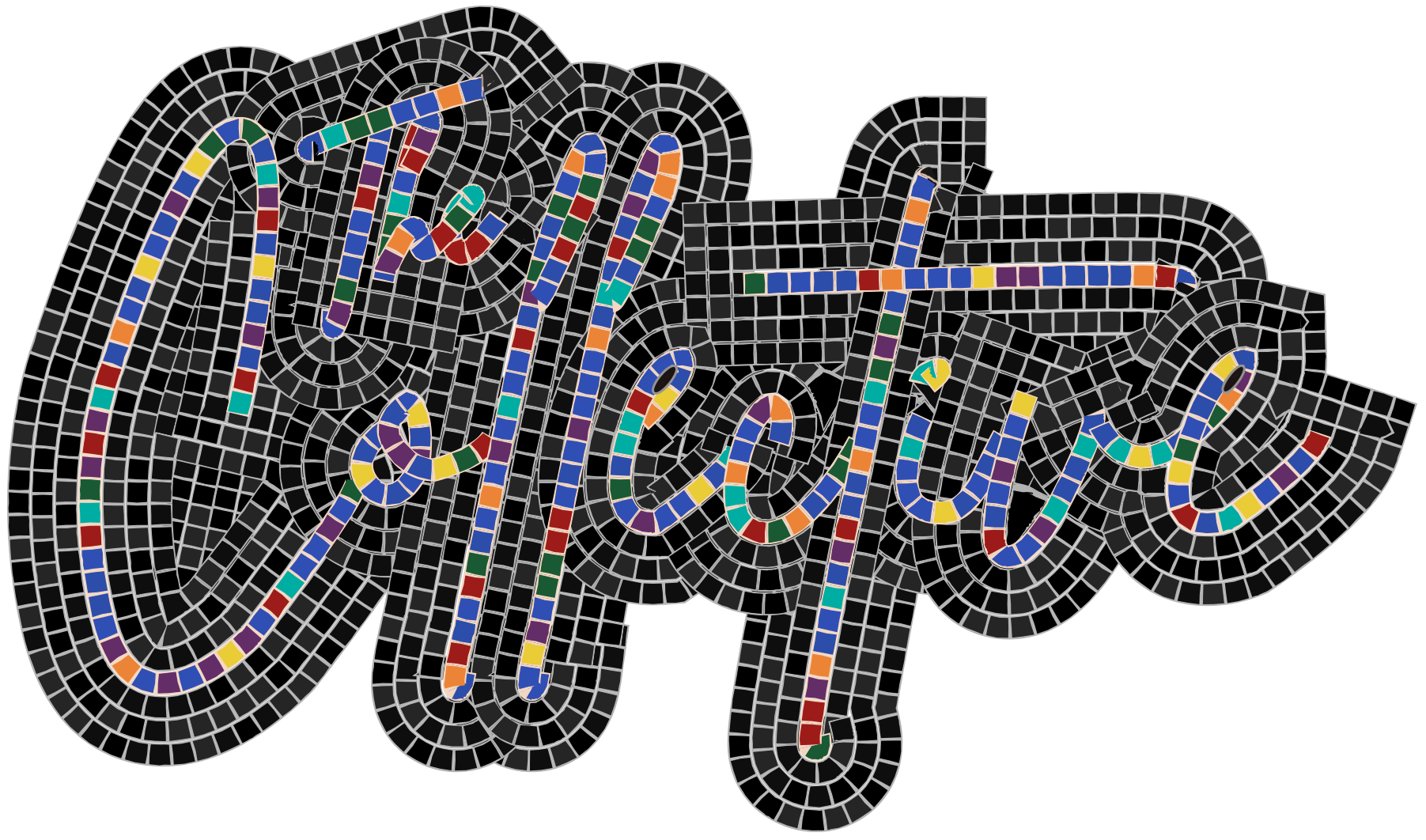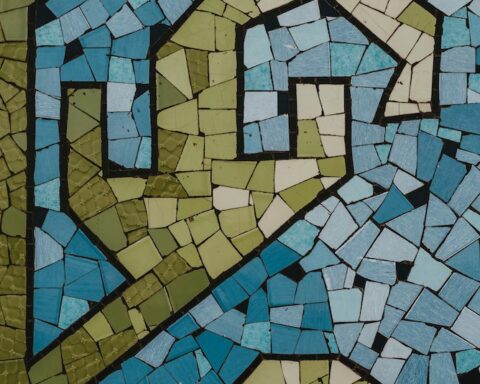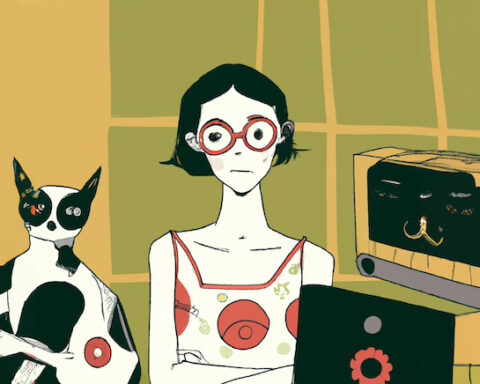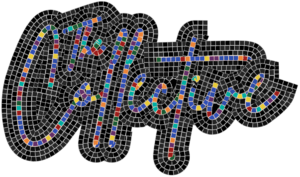The end of this essay has a sheen of hope. I hope you don’t give up before you see it.
There’s been a fair share of this general kind of thinking going around in light of the latest war on our planet: “make art not war.” What a seemingly stupid statement. Not that I always felt so cynically about such sentiments. In my former life as an active performer and conductor, such vapid platitudes about art’s inherent power and goodness gave me the unnatural desire needed to rep that difficult passage one more time. Now don’t get me wrong — of course you can find an infinite number of examples detailing how art, music, etc., accomplishes this or that in history — how, through some causal chain, it managed to change some person’s mind or save some community or whatever. “Art can change the world because art can change people.” It undoubtedly consoled or gave meaning to X, Y, and Z individuals in some time of need, and it surely inspired so-and-so group to do something great or defiant — all the while remaining impotent to affect structural, material change. That is, the world-changing potential of art as we conceive of it today is entirely contingent on its posited psychological power. I’m not saying art hasn’t done very important things in history; it really has mattered deeply. Art has had an undeniable power to generate meaning, belonging, and identity for those from whom such human necessities are violently extracted. But I do want to say that subjective psychological consolation or inspiration should hardly be the basis for opposing the collective concrete material destructiveness of war. But yes, of course, art has also been a key in forming and maintaining community and is, in that sense, not merely subjective. But is art really so pathetically impotent in the face of material horror? I wonder… “Oh, but I used my art to raise $X for some non-governmental organization that actually can only exist and take my money because humans suffer!” Great. Rather than entertain this line of thought further: the problem is that there are just as many examples of how art is involved in violent and atrocious causal chains. Fascists make and enjoy art, too. Lest we forget the Internet’s favorite fascist considered himself an artist, or that the brutality of war itself has been prescribed as aesthetically desirable.
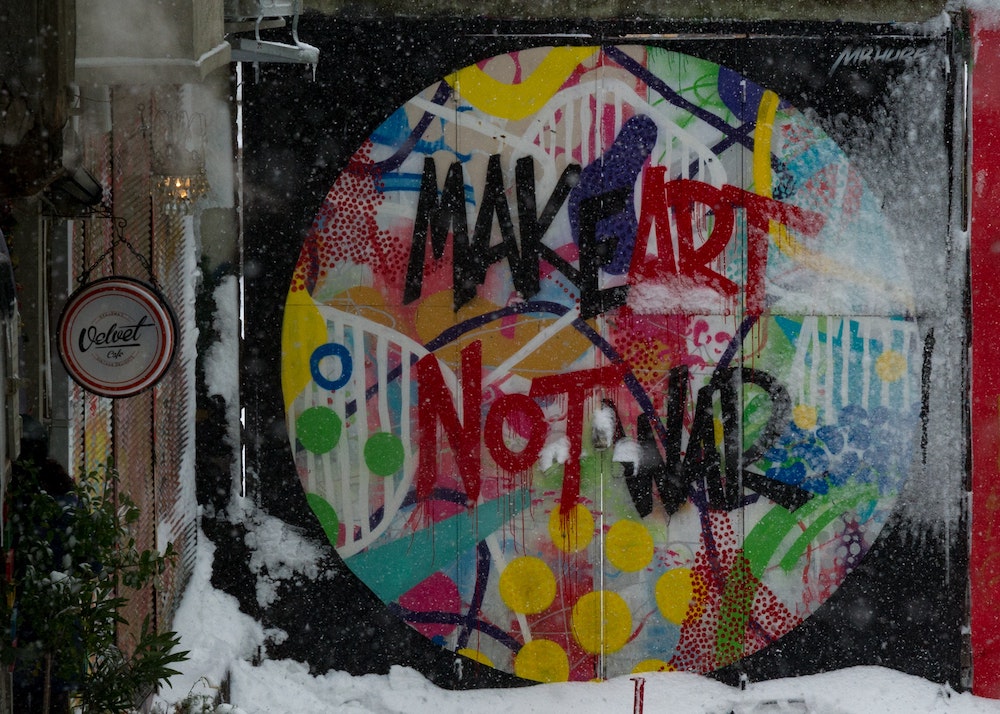
Common wisdom would lead us to believe that the realm of the aesthetic and the realm of politics are, as generally conceived, ontologically separated. That is, they may occur right on top of each other but never actually meet — art can’t be politics as such (a painting can be political but is still just a painting), and politics can’t be art (the formal workings of democracy can be beautiful but are not art). But, as I seem to say in all my essays, this common wisdom just isn’t true. Modern politics is, for all intents and purposes, an aesthetic endeavor, making the aesthetic the realm of true political action. Let me be absolutely clear about what I am NOT saying here: I am not trying to give some sort of weight to art as we generally conceive it. Precisely the opposite: something generally understood or marketed as art is categorically incapable of doing anything but the necessary albeit ultimately unsatisfying work mentioned above. An expanded understanding of art, however, might do much more.
If somehow I’m right and what we call politics today is just aesthetics, then what, briefly, might we say about the pseudo-political art objects we are currently experiencing? Well, one object to consider is this: we have a democratically elected leader (whatever “democratically elected” means in a capitalist world order) utilizing technology to plea for material aid by rhetorically weaponizing the particular histories of the nations he speaks with in an attempt to save his nation — which would likely provoke World War III. We could spend hours, nay, days or weeks performing some worn-out rhetorical or historical analysis of these clever speeches. We could also, slightly more critically, attempt to crudely analyze his speeches with my basic dictum and focus on the fact that a man who literally pretended to be a president for money on television is now actually a president on television performing the role of a martyr to an audience that, like all audiences before a television, watch precisely because they cannot do anything at the present. Is this not clearly art then — a battle for individual psychologies? Ah, but you see, I don’t care. The point is already missed if we start with the individual. Because what is an individual but the deformed distillation of human history into a particular?
What I would suggest we say and think about the speeches has to do with the technology. Art and aesthetics are intimately bound to the objects and techniques through which our subjectivities experience reality. The utter failure of human potential becomes painfully obvious the moment we even allow ourselves to dwell on the fact that we, WE human beings, have developed the ability to relay meaningful and nuanced communication across the globe, and that these communications are heard and understood by complex culturally and historically distinct human institutions (legislatures, etc.), and that for some god damn reason, even though we humans can manage all of that, we accept that the wealthy are allowed to wage dick-measuring contests around the world and that the majority is perfectly content not to rise up in any kind of meaningful way so long as we are allowed to continue gobbling up any updates and memes forced onto our attention via confoundingly brilliant propaganda technology: phones, news, social media, etc. — all of which we humans made in the first place.

In short, we’ve dug our own graves, made the tombstone, and gladly, with purpose, continue to bury ourselves as though it is natural and just, and as though we don’t have the foggiest how the tombstone and hole got here in the first place. All we seem capable of doing is protesting the fact that we are digging the hole and bemoan the tombstone that seems to have been there forever (it hasn’t). Love this journey for us.
The barely visible sheen of hope is that we did make the tombstone, and we did dig the hole. Which means we could conceivably stop digging, climb out, and do something with this bizarre hole and tombstone we’ve seemingly unconsciously made. To do this we must come to understand everyday experiences, objects, processes, technology, and even bodily movement as aesthetic objects bound to human history — as art objects unrestrained by the conceptual cage of “art” and thus art objects with the impossible power to enact concrete material change. If we deny ourselves the terrifying, sublime power we possess — the power to make and remake reality according to our will — we are forced to accept our material conditions and the state of the world as given, as “natural,” “immutable,” etc. Then all we really have is the unsatisfying version of art to console us in some fantastical way as we bury ourselves alive.
The statement “make art not war” is, given my conceptualization of art, not stupid at all. It ends up being messianic, actually. To reject art as something extra-ordinary and understand it instead as the very reality in which we partake, is to render the quotidian open to aesthetic judgement and to a materially emancipatory potential. The same care that a performer takes to realize an aesthetic moment in a conventional work of art must be taken with every detail of our world. While perhaps too dangerously close to those standard art platitudes, allow me the indulgence of ending on this thought (which hopefully rings more critically given the above): world-building is a real-time performance.
